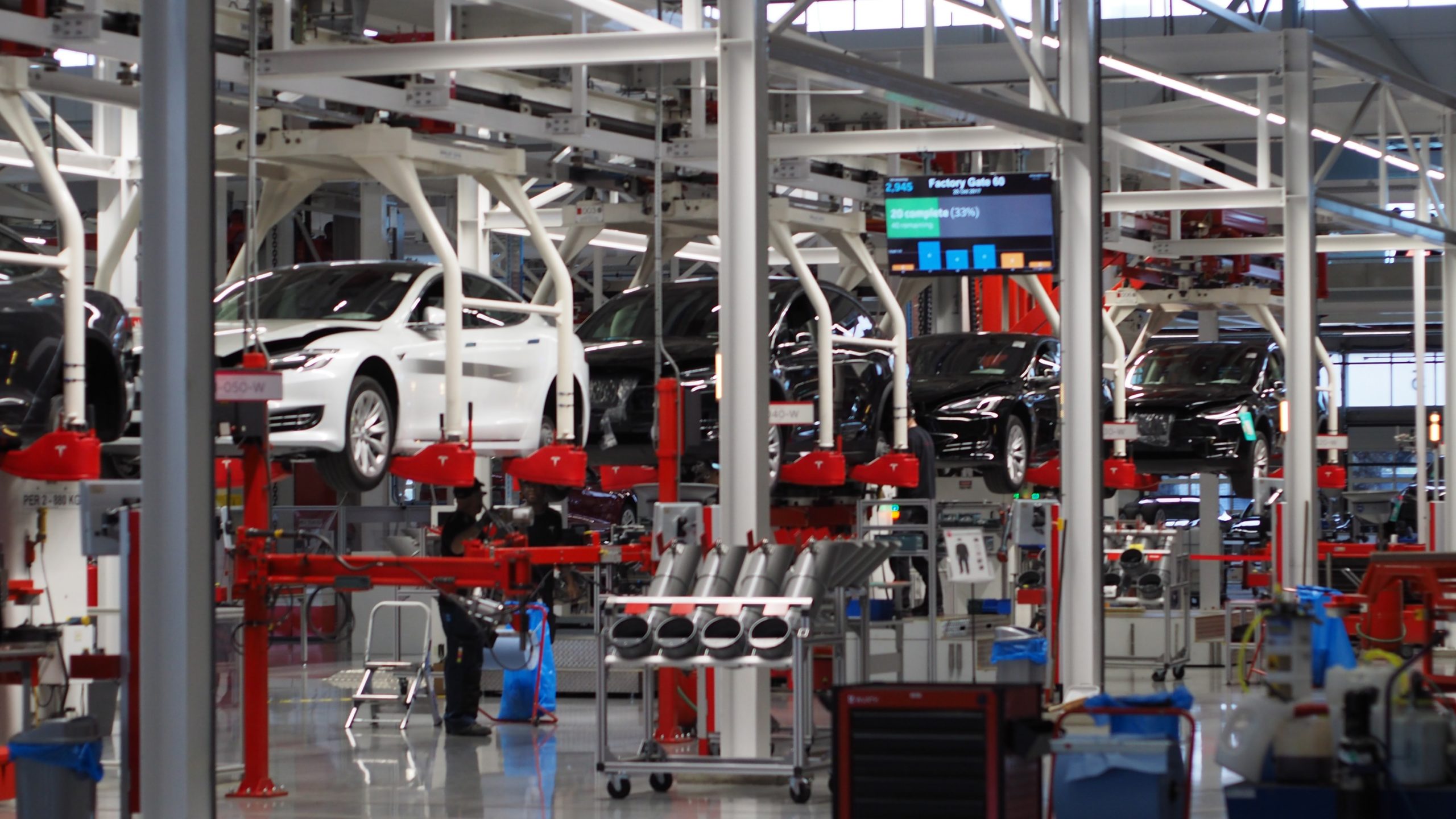The use of data analytics in manufacturing is increasing at an exponential rate. From neural networks that detect inefficiency to machine learning techniques that can predict when assets will break down, it’s clear that big data in manufacturing is here to stay.
However, many companies are struggling to keep up with the pace or, as some might call it, the encroachment of technology on manufacturing. These changes present steep adoption curves for the old guard, especially those who tout the “if it ain’t broke, don’t fix it” methodology.
They aren’t wrong to be wary. Hi-tech tools that compare and contrast manufacturing data to uncover hidden insights are undoubtedly impressive in theory, but they’re only valuable if and when they work. As a 2014 McKinsey article points out, the amount of data you have at your disposal in the first place is the determining factor in whether you’ll see results. If you don’t already have mountains of data to power your Big Data tools, it’s going to be a long wait.
In our recent survey, Insights into Mobile Workforce Management, we discovered that at least 77% of companies are still using spreadsheets or pen and paper for their primary data collection processes. Most companies, including manufacturers, just don’t have the right kind of data to get anything out of these complex solutions. Their data is locked into silos, formatted for antique software, and incompatible with cutting-edge tech.
For the majority of manufacturers, it’s better to aim for practical and achievable methods to improve efficiency rather than attempting costly, resource-intensive analytics. Below, we’ve identified three ways that you can incorporate technology into your manufacturing operations without breaking the bank or waiting months for results.
1. Automate manual processes
In manufacturing, there’s never “one true cause” for inefficiency in a process. Usually, it’s a culmination of all the various little things that add up along the way: missing paperwork, confusing forms, and unclear standards. Since we know that 77% of companies are still using paper and spreadsheets, it’s easy to say that merely moving from “analog” to digital can make a world of difference.
It doesn’t take a neural network to see how cutting through the latency of email chains and double entry saves time and hassle for your workers. There’s a lot more to digital process automation than that. For example, dynamic branching logic can guide users through forms, ensuring they take the same steps every time to achieve consistent results. Irrelevant data fields are hidden until they’re appropriate or fit the context, showing up only when specific conditions are met.
Likewise, customizing behind-the-scenes workflows that initiate events for other users or trigger events in separate systems through API calls eliminates the need for scheduling follow-up tasks. With a fully configured system for process automation, the only thing your workforce needs to worry about is showing up and following the prompts on their smartphone or tablet step by step.
2. Compare data across multiple locations
Another highlight from our survey is that one of the biggest problems enterprise-level companies struggle with is aggregating data from multiple sources. However, it shouldn’t be surprising to hear that the 77% of companies still using pen and paper are struggling to bring all their information into one system.
Without the ability to aggregate data into a cohesive system, you can’t follow through with our second tip: compare data between different locations to find nonconformity. It’s one thing to document and prevent issues during production at one facility, but analyzing data across all areas can provide much greater insight and oversight into trends.
While it’s helpful to identify which facility experiences more accidents, quality issues, or nonconformity than others, there’s much more to be gained than simply pointing out where problems are occurring. Analyzing trends against performance data over the long term can help you understand the effectiveness of any action you take, both positive and negative.
Similarly, comparing performance data between locations makes it possible to chart when and where a pattern began, helping you track down the initial root cause. Of course, to accomplish any of this, you first need to upgrade beyond email chains and post-it notes. The effects of your initiatives will be clearer and easier to steer in the right direction if you actually have the data to back them up.
3. Improve supplier accountability
Tracking down the root cause of issues in your own system is one thing, but holding a third party accountable can be much more difficult. To your suppliers, you’re a customer like any other. While they might cherish your business, they may need to be reminded that keeping you in their clientele requires reliability.
The best way to keep suppliers in line is with clear and reliable audits. Simply put, the initial audit of a production facility and subsequent inspections of received goods aren’t enough. If you aren’t actively enforcing your own internal standards with a supplier (or if they won’t accept your input), you’ll inevitably end up on the receiving end of a bad product.
A good analogy is when foodborne illness linked to a supplier becomes associated with the restaurant chain they serve. In 2015, a large quick-service burrito chain suffered a series of foodborne illness outbreaks, causing their stock to plummet. It was expected that the company would never recover, but they eventually regained their lost value and more than tripled in revenue.
How did they resolve future issues with suppliers? By enforcing strict, clear, and timely audits with their own standards well above the regulatory minimum. The best way to keep audits clear, effective, and consistent is by using digital forms that can direct users step-by-step. More importantly, digital forms can help you ensure that auditors themselves are following through with your standards.
For example, if a stack of products is set up against a wall in an attempt to hide some from view, you can ensure that the auditor takes a truly random by locking questions about the product until they’ve photographed the area. It’s a simple innovation, but one that ensures both your field auditors and your suppliers are accountable.
Making smart changes
You don’t need millions to build your own predictive analytics system or the resources to set up a neural network. Incremental but practical changes that use digital methods to replace slow and outdated ones will get the job done. Technology may be moving into manufacturing at an exponential rate, but it’s best to stick with changes that offer clear improvements at face value. Anyone promising unbelievable results with unproven technology is probably selling snake oil.
Want to learn more about how Form.com can make your manufacturing operations more efficient?







